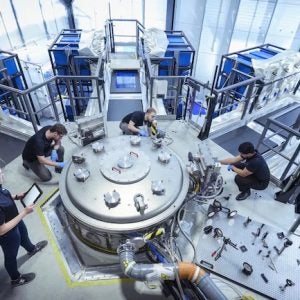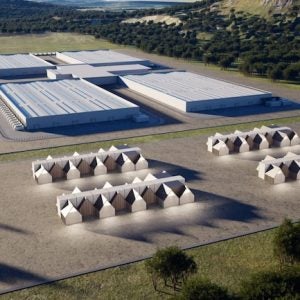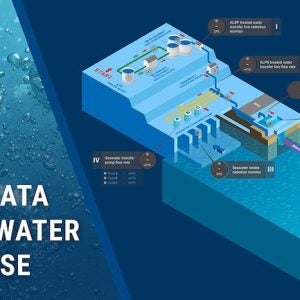 Swedish Radiation Safety Authority (SSM- Strålsäkerhetsmyndigheten) said on 18 December that Forsmark and Ringhals nuclear power plants and OKG predominantly meet the conditions and requirements it had set in 2014 for the installation of systems for independent core cooling at all sites by 31 December 2020.
Swedish Radiation Safety Authority (SSM- Strålsäkerhetsmyndigheten) said on 18 December that Forsmark and Ringhals nuclear power plants and OKG predominantly meet the conditions and requirements it had set in 2014 for the installation of systems for independent core cooling at all sites by 31 December 2020.
SSM said the shortcomings identified “do not directly affect the physical installation, nor are they considered to have a negative impact on existing safety functions”.
In 2014, in the wake of the Fukushima accident, SSM decided that nuclear power plant licensees, in order to continue operating the facilities after 31 December 2020, must by that time have introduced and put into operation an independent (emergency) core cooling system (ECCS). This is a robust and independent system for pumping water to the reactor core if all other core cooling fails in order to keep the core cooled for 72 hours without outside help. The system must also be able to handle extreme external influences, ie significantly stronger weather conditions, seawater levels and earthquakes than current safety systems.
In its review, SSM assessed that Forsmarks Kraftgrupp AB, OKG Aktiebolag and Ringhals AB predominantly meet the requirements. This means that installed systems for independent core cooling at Forsmark NPP (units 1-3), Oskarshamn 3) and Ringhals 3&4 ensure reactor core cooling can be maintained for at least 72 hours in combination with extreme external influences and when normal core cooling is not functioning.
“The introduction of the independent core cooling means a large increase in safety, and nuclear power plant resistance to extreme external influences has been significantly strengthened," said Karin Liljequist, SSM's project manager for the review. “The introduction of systems for independent core cooling is the largest single measure in Sweden's national action plan after EU stress tests. Most of the measures in the plan have now been implemented and we expect to be able to report to the EU in 2021, said Michael Knochenhauer, head of SSM's department for nuclear safety.
However, SSM has identified a number of shortcomings in the licensees' reports and has instructed the power companies to remedy these deficiencies. They include the current methodology for analysis of earthquake resistance, reporting of resistance to extreme temperatures and reporting probabilistic safety analyses.
Photo: Forsmark nuclear power plant






